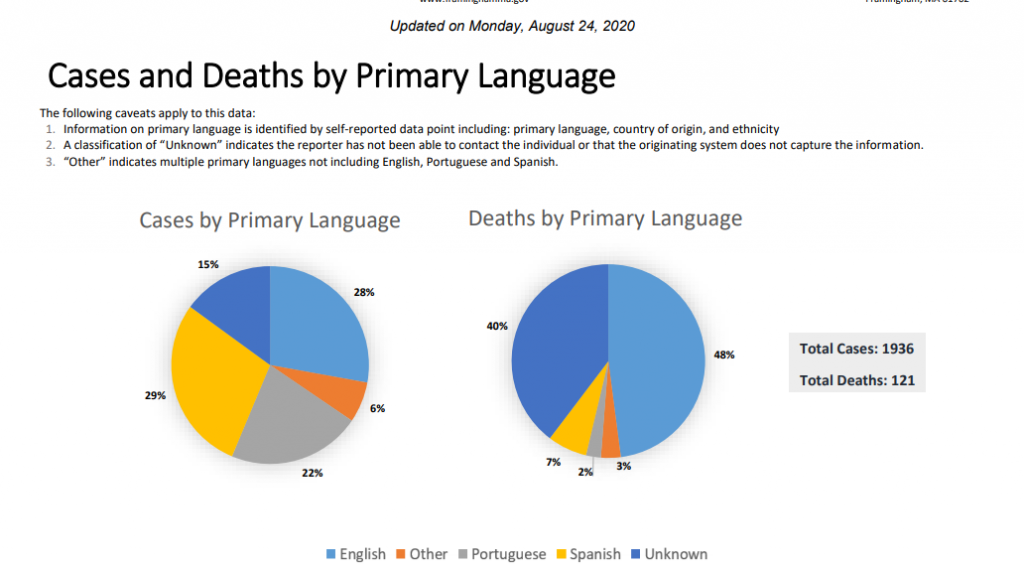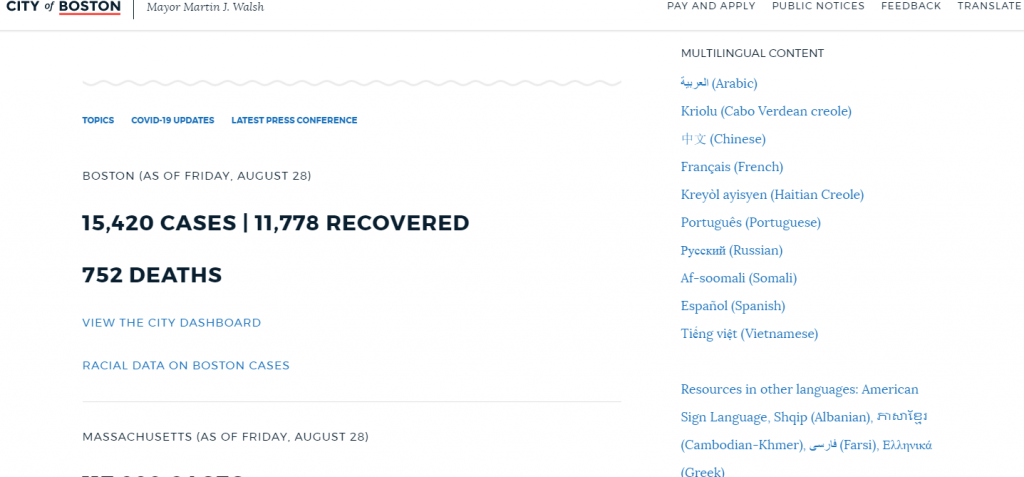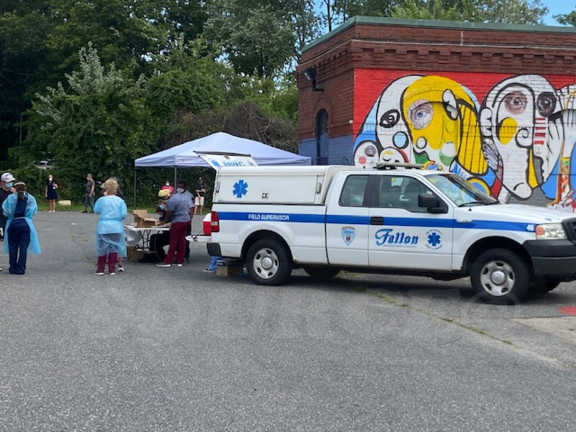[broadstreet zone=”51611″]
FRAMINGHAM – The City of Framingham’s Health Director told the Board of Health that the free walk-up coronavirus testing sites were strategically placed in areas of the community where there is an increase in positive coronavirus cases.
The first walk-up free testing site was established at Amazing Things Arts Center on Hollis Street in downtown Framingham, in District 8. That site has no parking and free testing is available for all on Tuesdays & Thursdays from 3 to 6 p.m.
The second walk-up free testing will begin at South Middlesex Opportunity Council (SMOC) headquarters at 7 Bishop Street on Monday, August 31. The site will be open Monday, Wednesday and Friday from 3 to 6 p.m. The site is located near District 7 and District 9 in the City of Framingham.
Wong told the Board of Health Thursday night that free testing programs are being set up in neighborhoods where the City is seeing an increase in positive coronavirus cases.
[broadstreet zone=”58610″]
“We are looking at a third walk-up testing site in the southeast corner of the city,” said Wong.
This means that many of the new cases are in Districts 7-8-9.
SOURCE has been asking the City of Framingham to release case numbers by district since April. The City has chosen not to do so.
Early on during the pandemic, many of the cases were in other districts, due to high cases in nursing homes, and apartments along Route 9.
Now, based on Wong’s statements to the Board of Health, the new surge in cases can be linked to the districts on the south side of the City.
Editor’s Note: In full transparency, I live in District 8.
On Wednesday night, the Commonwealth of Massachusetts named Framingham one of nine high-risk communities in the state. In fact Framingham has the 7th highest rate of infection over the last 14 days.

Friday afternoon, just before 3 p.m. Mayor Yvonne Spicer made her first statement on the City becoming a high-risk community.
She also issued reverse 9-1-1 calls in English, Spanish, & Portuguese on Friday afternoon. It was her first phone calls in multiple languages during the pandemic.
According to the City of Framingham, 34% of the coronavirus cases are individuals who are Hispanic, as of Monday, August 24.
And, according to City of Framingham data, only 28% of the cases in the City are individuals who speak English.
The City listed, as of August 24,
- 29% of the cases Spanish is the first language
- 28% of the cases English is the first language
- 22% of the cases Portuguese is the first language
- 6% a language other than English is the first language
- 15% the language was unknown
[broadstreet zone=”70106″]

During a pandemic, having essential information in your language can mean life or death.
“When the Spanish flu pandemic of 1918 hit Chicago, people with poor literacy were much more likely to transmit the disease and die,” reported Healthaffairs.org. “Spanish speakers were found to be at the greatest risk of exposure to H1N1 during this outbreak.”
Not all of the information the City of Framingham has released has been in a language other than English.
Framingham is home to a large Brazilian and Hispanic population, but also hope to large groups of Chinese, Russian, and other Asian populations.
The City of Boston, a yellow community, has been offering up-to-the-minute coronavirus information in more than a dozen languages.

The City of Lawrence, where a majority of the population is LatinX and speaks Spanish, has been offering every important notice in both English & Spanish.
If you visit the City of Framingham’s COVID-19 portal, the information is only available in English, except for a translate button, which allows for translation in dozens of languages.
The City does not directly translate all of its important COVID documents into Portuguese and Spanish, like the Framingham Public School system.
In full transparency: SOURCE also only publishes in English, and has a translate button that allows for translation in 17 languages, via an app.
“Navigating healthcare can feel like a maze in the best circumstances, and during this pandemic it can mean the difference between flattening the curve and creating a new hot spot of infection,” said Equal Rights Center Executive Director Kate Scott. “If LEP (limited English proficient) individuals are unable to obtain information about COVID-19 testing, we’re all at greater risk.”

***
Photo by SOURCE intern Lily Karofsky

